Do Ski. “I’ve travelled all the way to the snowy caps of the Alps and never touched a single ski,” said no one ever. If you thought your French experience was merely going to encompass the devouring of a classic jamón sandwich, you’re better off camping it out in Paris’ airport.
My last words before departing for France was telling everyone I’d be breaking a leg on the ski slopes. And I don’t mean the metaphorical phrase to mean good luck, I actually meant I would literally break a leg.
Disclaimer: I had a ball of a time and I came back in one piece. And arguably a better skier than most.
With a heavy loadout of anticipation, nerves, and clueless expectations, I found myself high up on the French Alps at two of Club Med’s gorgeous ski properties – Grand Massif Samoëns Morillon and Alpe d’Huez, the latter being barely a month old as I currently write this.
To date, I’ve been lucky enough to travel to 13 countries, but nothing prepared me for a destination that is nothing but snow for days on end. Club Med is reputable for being an all-inclusive resort, and that means food, lodgings, and flights are all catered for.
With luggage in tow, all we had to do was turn up at the airport and Club Med took care of the rest. It’s still the wintry season where the climate is concerned, so if you’re pursuing one last vacation before Spring comes around, here’s a list to remind you what a hassle-free trip should be all about.
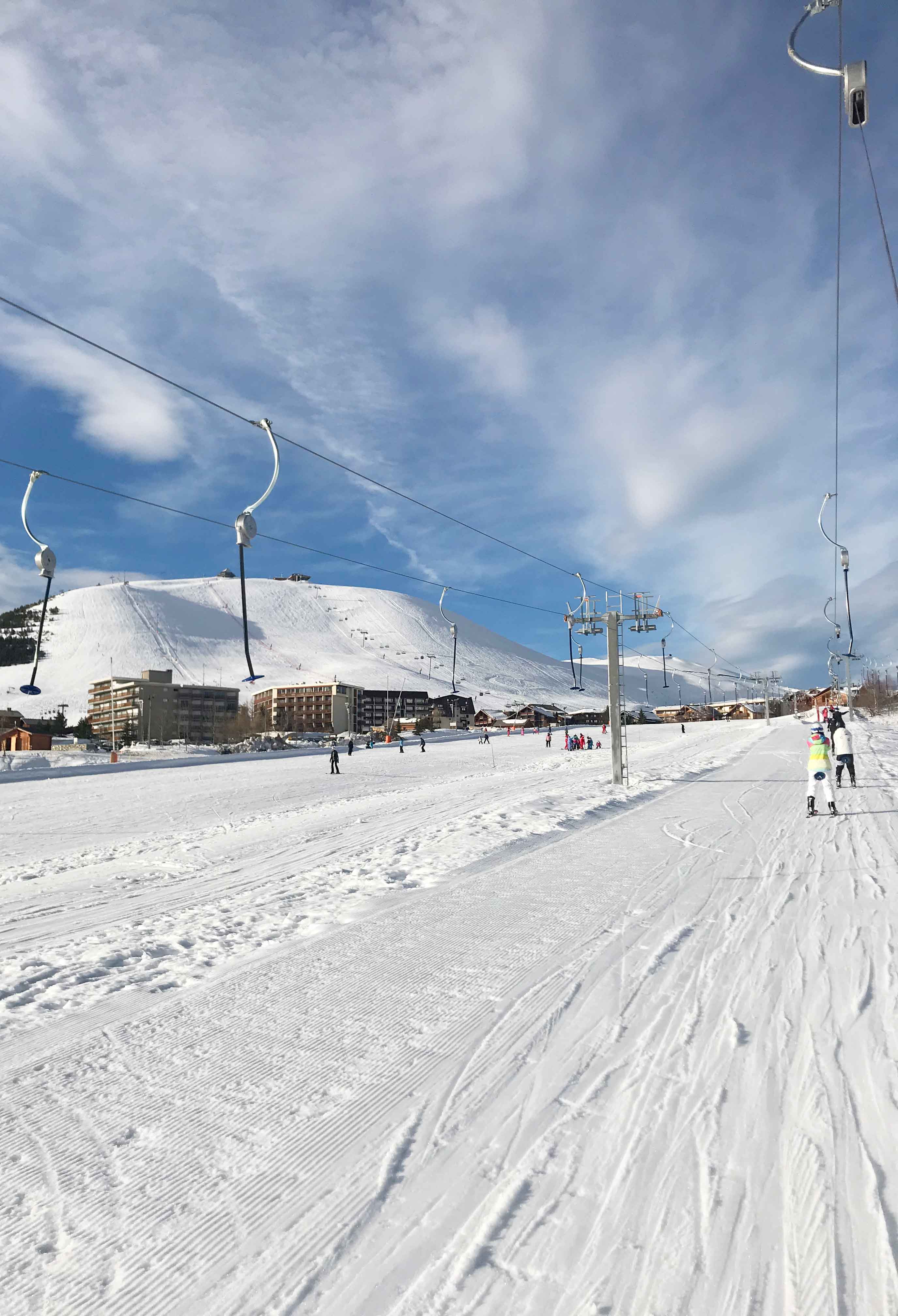 Getting to the top of the bunny slopes via the pole lifts. (Image by: Katherine Arteche)
Getting to the top of the bunny slopes via the pole lifts. (Image by: Katherine Arteche)
Your Club Med vacation includes an all-inclusive ski package that comprises of ski lessons for any competency level, ski passes to all access of the ski grounds that includes chair lifts, gondola lifts, etc., and the experience of an après-ski. It’s a post-ski social activity where everyone engages in a little merry-making over mulled wine and hot chocolate.
Though I have to add, I’m making it sound a lot tamer than it really is …
Don't forget your ski gear. While Club Med does provide everything else you crucially need (that includes gourmet meals with an all-day bar – read it and weep: I repeat, all-day bar), you’d know better than to turn up naked on the slopes.
In most of Europe, skiing is a weekend event. That means the winter cupboard is busted open and the gears come out to play.
For non-regular ski folk, one can consider bringing water-resistant outerwear or optionally invest in decent ski gear. Who said this time was gonna be your last?
They do rent out ski and snowboarding equipment (that’s already included in your ski package) that comprises your skis, ski poles, snowboard, helmet and ski boots. As a guest, the Club will request for your height and weight details so that they can prepare your equipment ahead of time.
Club Med’s ski guide states that “when you stand your skis upright, the tip should be somewhere between your chin and the top of your head.” Each guest is assigned a ski locker according to their room number so all you gotta do is turn up at the ski shop and voila!
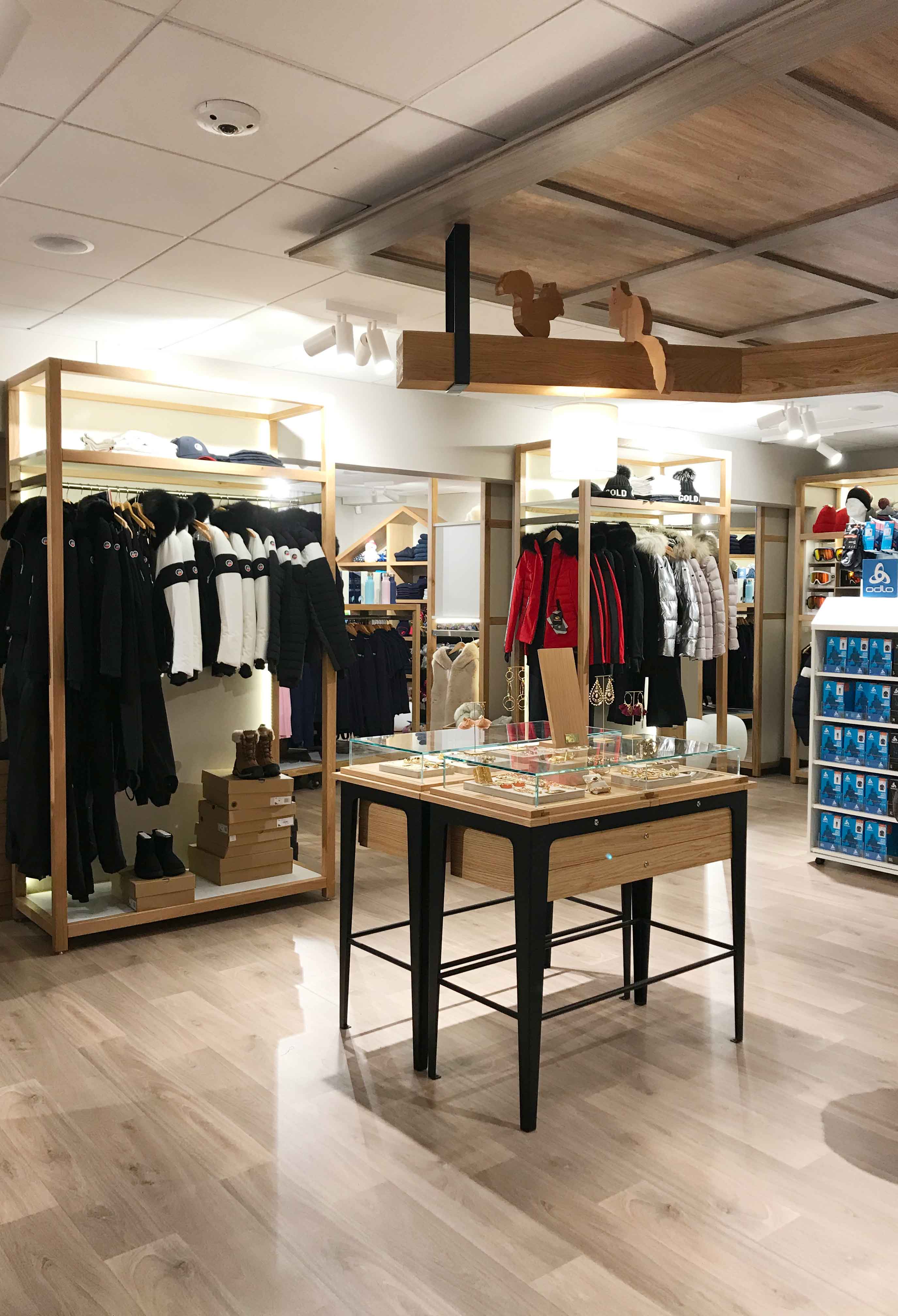 The new boutique at Club Med Alpe d'Huez is the largest among the resorts, stocking all sorts of ski gear. (Image by: Katherine Arteche)
The new boutique at Club Med Alpe d'Huez is the largest among the resorts, stocking all sorts of ski gear. (Image by: Katherine Arteche)
Do ask questions. From identifying the front of your ski down to knowing where and how to move your hips, it’s better to be safe than sorry when pursuing skiing 101.
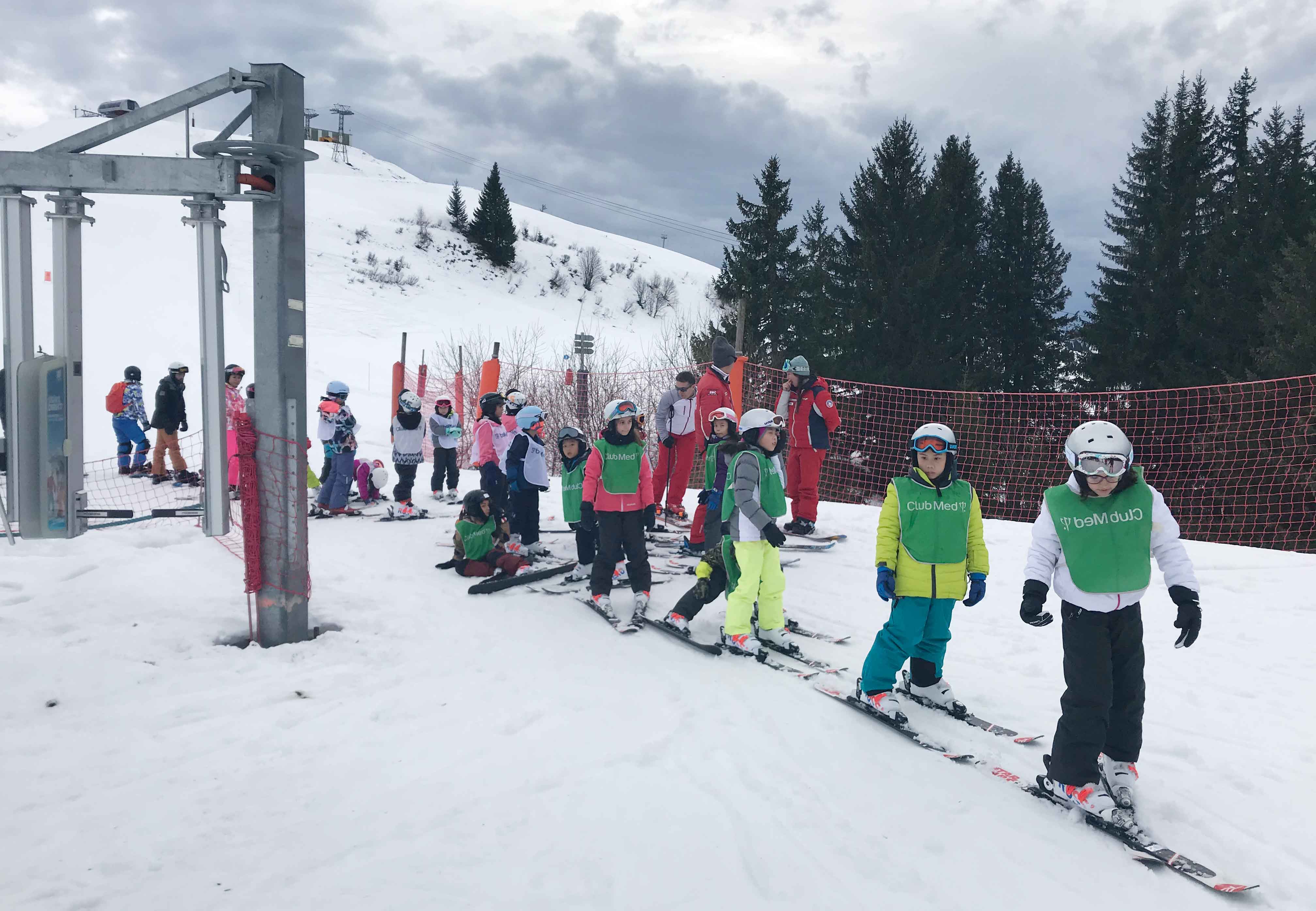 Ski lessons are open to learners of all ages. (Image by: Katherine Arteche)
Ski lessons are open to learners of all ages. (Image by: Katherine Arteche)
All the ski and snowboarding instructors at Club Med are engaged through a partnership with Ecole du Ski Français, a Paris-based English-speaking ski school. That means you’re always coached by an English-speaking instructor to help you with the basics. And that includes learning from the very top like how to put on your skis.
Don't be the daredevil you’re not. The Alps is home to a thousand ski slopes. The Club Med property at Samoëns Morillon alone provides access to 148 ski slopes, where more than 80 per cent are meant for intermediate competency and above.
For the greenhorns, stick close to your instructor and follow their tracks. Wandering off to steeper slopes could mean a long drop down to the gorges if you’re not careful – and the last place you’d want to find yourself in is being hauled off a stretcher. Or worse …
Do visit the neighborhood. What comes up, must go down. At the base of the grand French Alps are quaint towns selling fresh local produce that are proudly handcrafted and procured from the region.
Barrels of cheese wheels, cured meats, fresh fruit, handcrafted jewellery, handmade sheepskin rugs and the like are found in abundance at marketplaces. While browsing through the racks of winter clothing, I spotted a thick wool coat in a gorgeous shade of emerald green on sale for €10 (S$15)!
It’s perfect for souvenir shopping. Or just for yourself, really. No one would be the wiser.
Don't be that idling tourist. Interacting with town folk makes you notice the little things: that central pine tree in the middle of town that invites everyone to add their own decorations come Christmas, the corner bakery with the best fresh palmiers, and finding yourself sampling a little rotisserie chicken that'll lead you to buy the whole thing anyway.
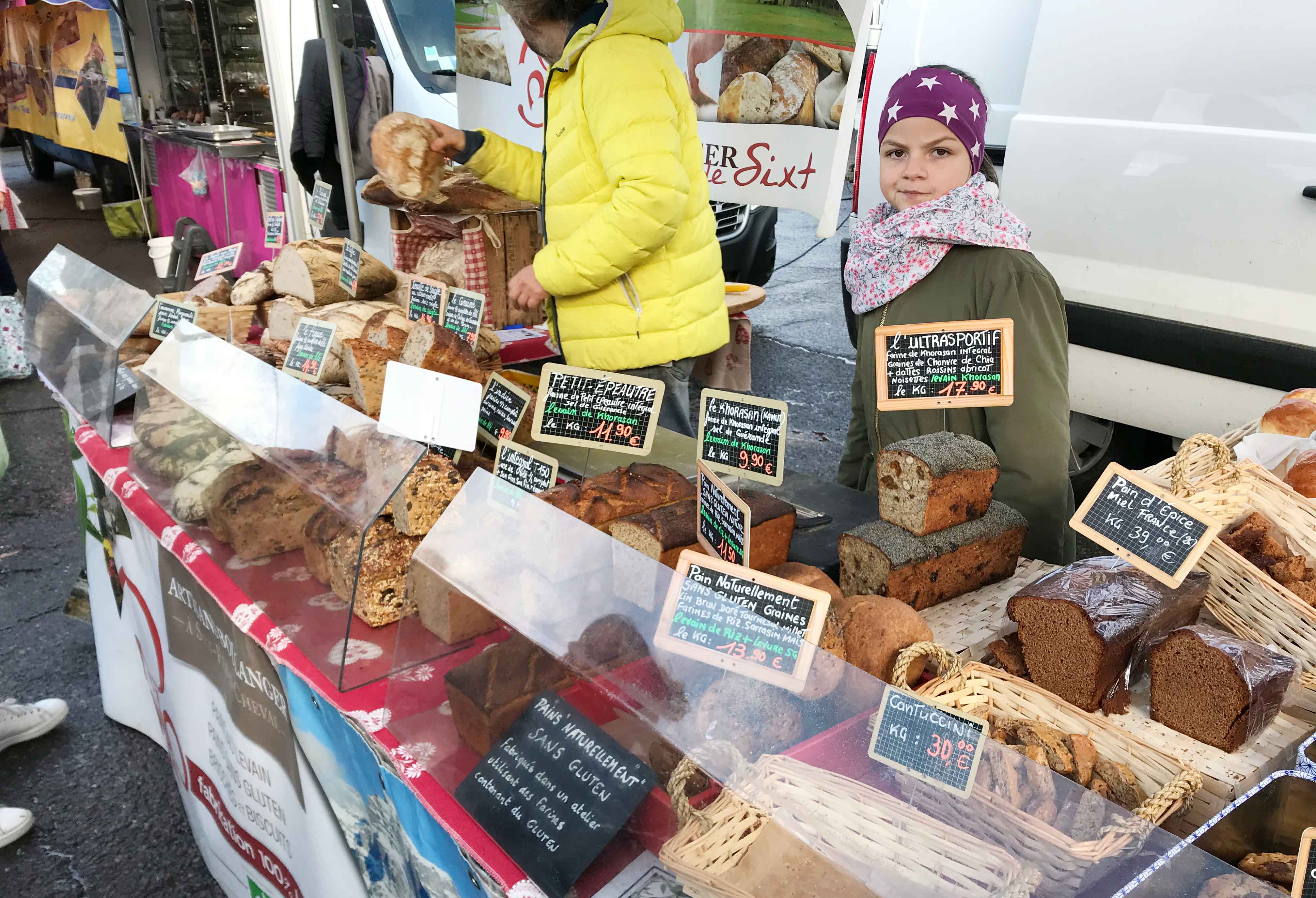 A local vendor feeling unamused that all I have to offer is taking pictures of her breads. (Image by: Katherine Arteche)
A local vendor feeling unamused that all I have to offer is taking pictures of her breads. (Image by: Katherine Arteche)
Travelling is definitely not about sitting on the sidelines. There is a daunting fear of being misunderstood by both parties, but the general rule of thumb is to participate in the cultural exchange where both would walk away with a better lesson learnt.
Do get down and dirty in the snow. The view sure looks good from your window where a roof over your head and a cup of mulled wine serve as perfect refuge from the bitter cold. But when you’re in the Alps, freshly fallen snow is in abundance, and not everyone can say that they see that everyday.
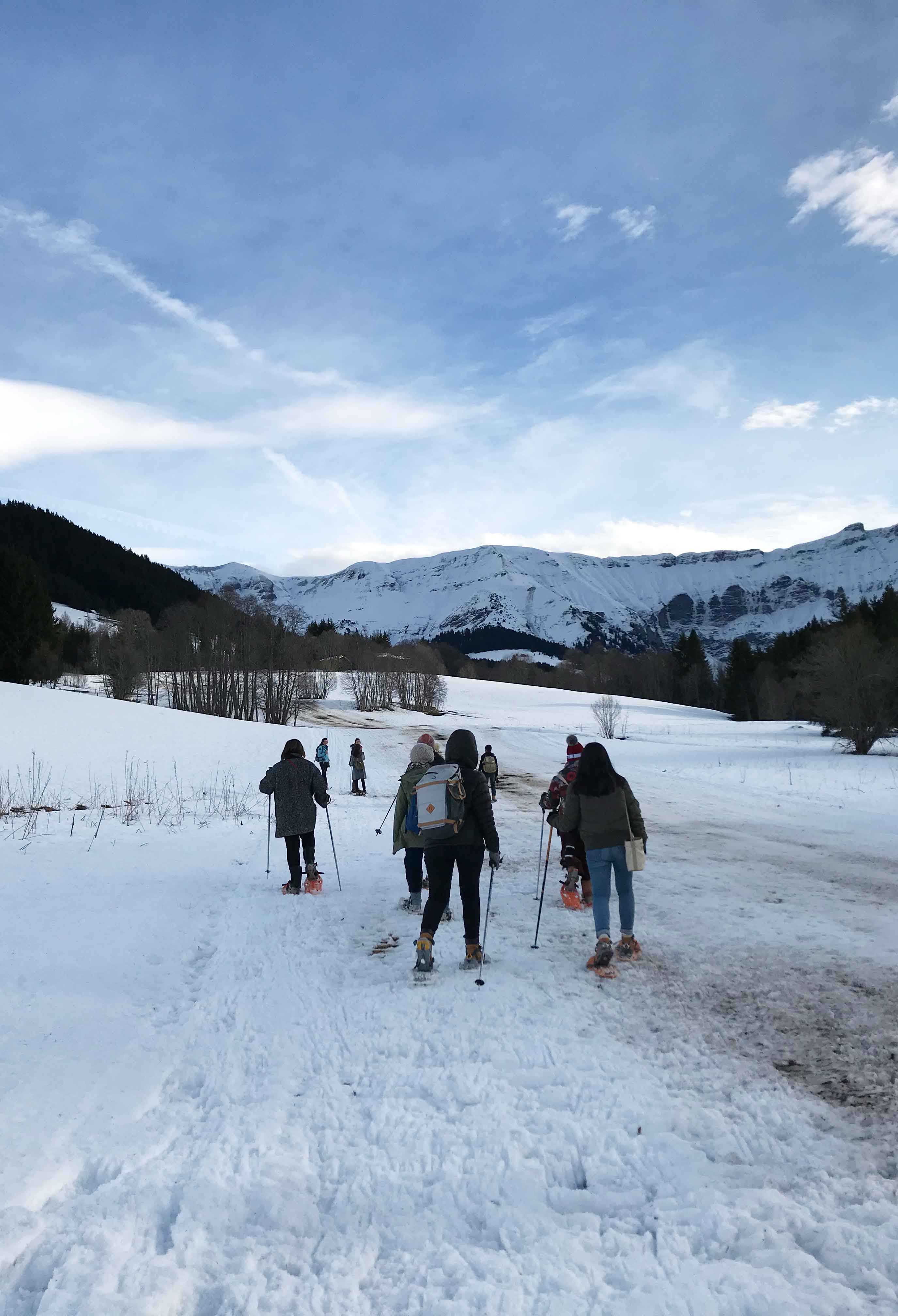 The snowy road that stretched far out into the forests of Megève. (Image by: Katherine Arteche)
The snowy road that stretched far out into the forests of Megève. (Image by: Katherine Arteche)
The town of Megève is located an hour from Club Med Grand Massif, and the generous hosts from Auvergne Rhône-Alpes Tourisme took us on a wild snow trek (aka snowshoeing) through the vast snow that blanketed roads, hills and forests. We were ankle-deep in icy snow and the trek saw us trip over on our crampons (claw-like shoe attachments that provide increased grip on snowy terrain), but there were no regrets breathing in that crisp fresh air and taking in those Alpine views.
Book yourself a tour of the town and engage in every snow-filled activity imaginable. Don’t forget to make snowmen!
Don't underestimate the weather. Unlike most parts of Asia where one would only have to be concerned whether it’ll rain or shine, seasonal climates are a lot less predictable. Make it a habit to check the weather app every morning to prepare the right outfit.
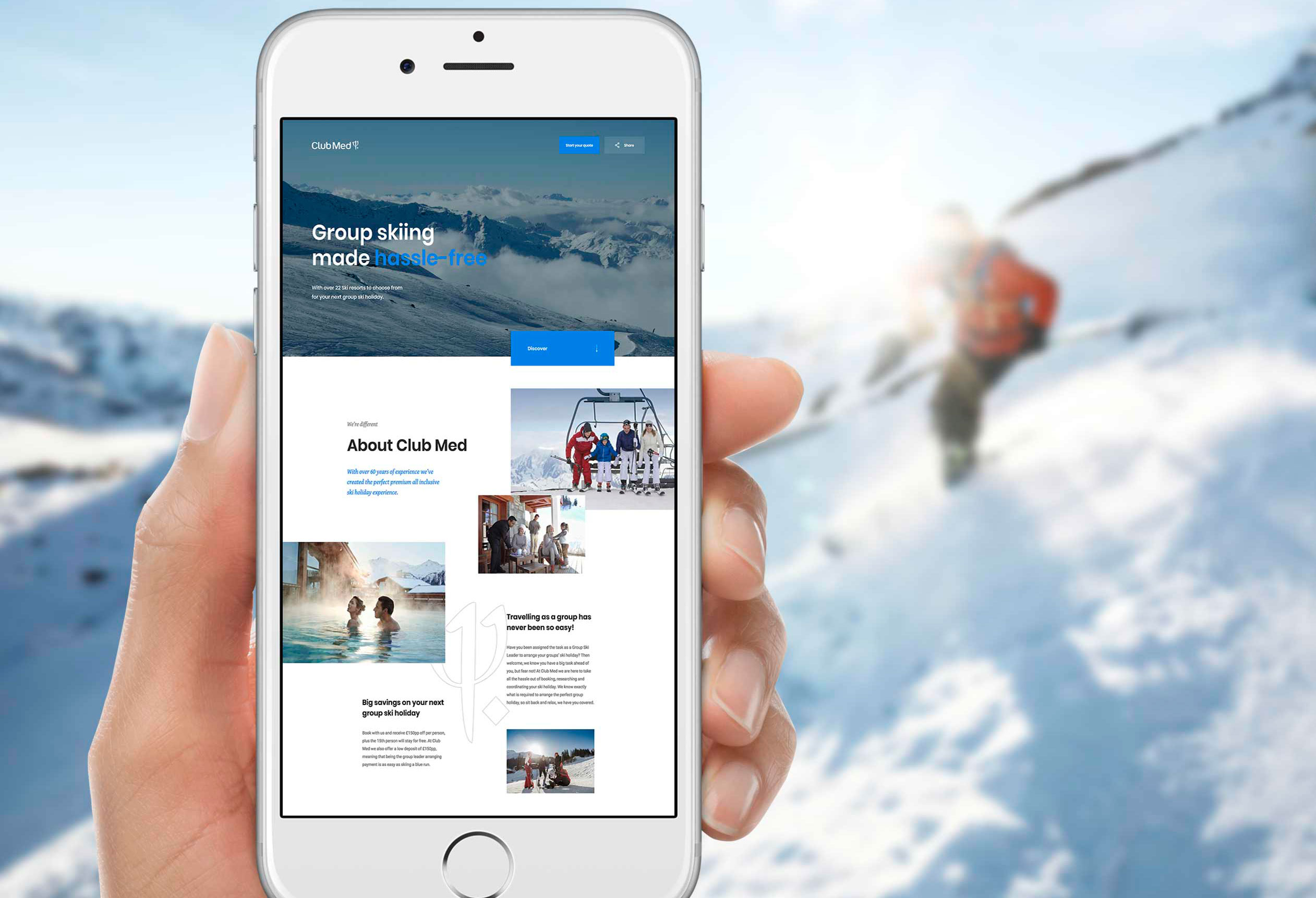
Club Med’s app contains daily itineraries and checklists that are tailored according to the resort you’re in. All the essentials are listed from thermal layers to outer jackets, down to daily necessities such as lip balms, sunscreen, and neck warmers so you don’t forget the tiniest details.
In the event that you missed something out, the Club Med boutiques should carry everything you need.
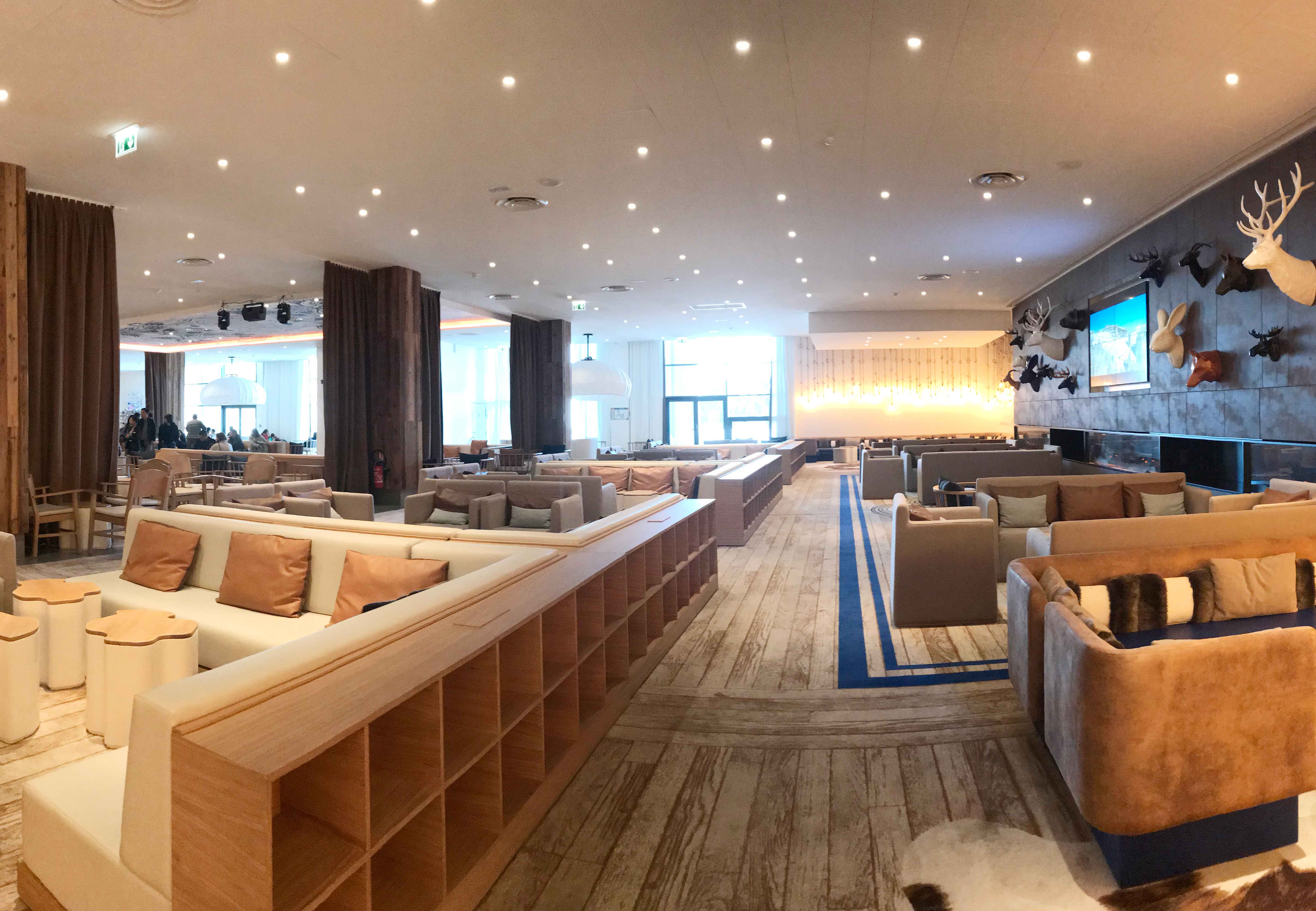 The cozy interior of Club Med Grand Massif Samoëns Morillon. (Image by: Katherine Arteche)
The cozy interior of Club Med Grand Massif Samoëns Morillon. (Image by: Katherine Arteche)
Do eat. Eat when you can, eat when you will, and eat when you need. Club Med provides bountiful spreads of food during the three main meals of the day, on top of mid-morning, mid-day, and pre-evening canapés, perfect for that post-ski refuel.
And in case you missed point number two, the all-day bar is free for all. I emphasize: all. day.
Go ahead and binge on hot chocolate, red wines, gin and tonics … all in the name of socialization.
Fret not if you’re looking for a place to pamper your dining sessions. Almost every Club Med resort houses a gourmet restaurant that offers sit-down, multi-course sessions from breakfast to dinner time.
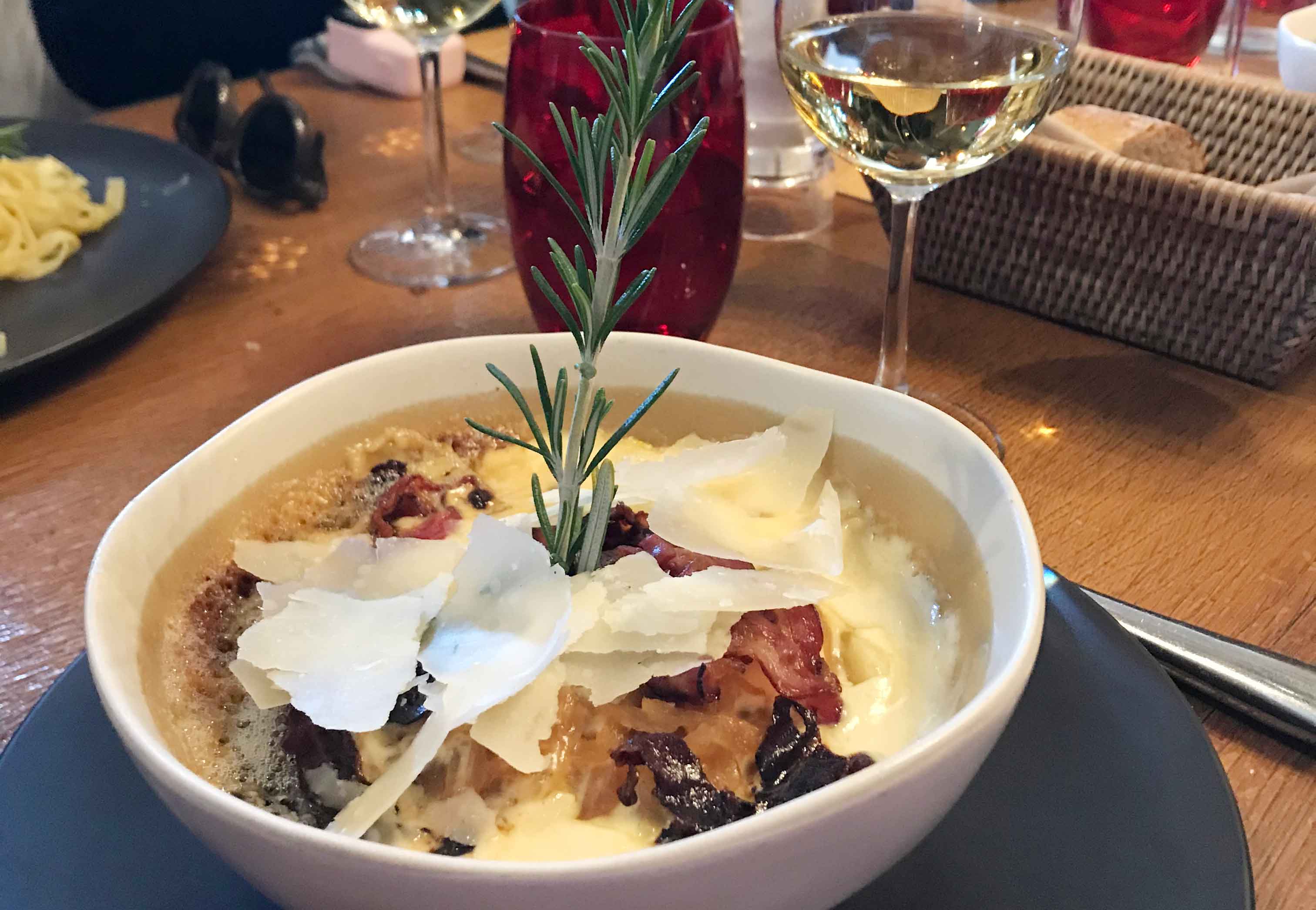 Tartiflette, a traditional Savoyard dish made with potatoes, reblochon cheese, pork and onions.(Image by: Katherine Arteche)
Tartiflette, a traditional Savoyard dish made with potatoes, reblochon cheese, pork and onions.(Image by: Katherine Arteche)
French Alpine cuisine promises vats of cheese fondue, duck roulade with tart cranberry jus, and petit fours so delicate you could devour them with your eyes first. Specialty food from the region are featured in resort menus, such as Club Med’s Grand Massif property that is snuggled within the Auvergne Rhône-Alpes region and borders between the Samoëns and Morillon communes.
The cuisine is rich in Savoyard food where pasta centres on the native crozets that are buckwheat square-shaped pasta traditionally used in croziflette, a cheesy bake with the perfect addition of lots and lots of jamón.
Don't skimp out on water. French food are heavyweight dishes, being laden with cheese, cream and cured meats. Pair that with a vintage Dom Perignon 2008 or any Bordeaux of your choosing, and you’re set for a great feast at every meal.
However, one should remember to slow down the intake with hydrating breaks of good, plain, ol’ H2O that will help detoxify the body in between the merry making. The arid climate also absorbs water faster than you’ll notice, so maintain that glow and luscious lips with gulps of water whenever you can!
With skiing and snowboarding being sport activities, you can pack your water bottle in a light backpack while traversing the slopes. Ski lessons take place twice a day for two to three hours, so if you can’t afford to wait until the après-ski for refreshments, pack a light bag for quick gulps in between!
For more information on Club Med Alpe d'Huez, click here.
For more information on Club Med Grand Massif Samoëns Morillon, click here.









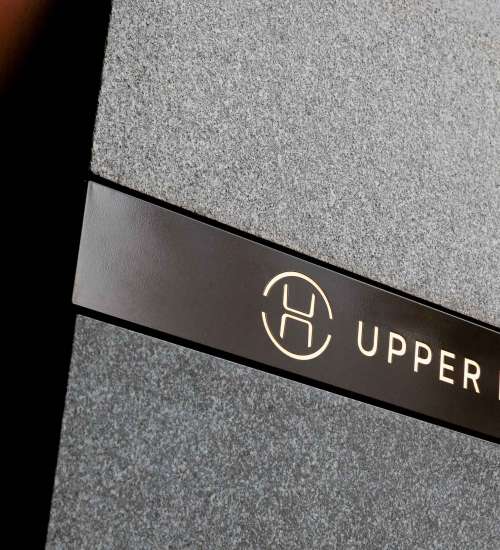

 Back
Back
